Fly me to Ivanpah: As traffic records tumble in Vegas, officials eye a second airport
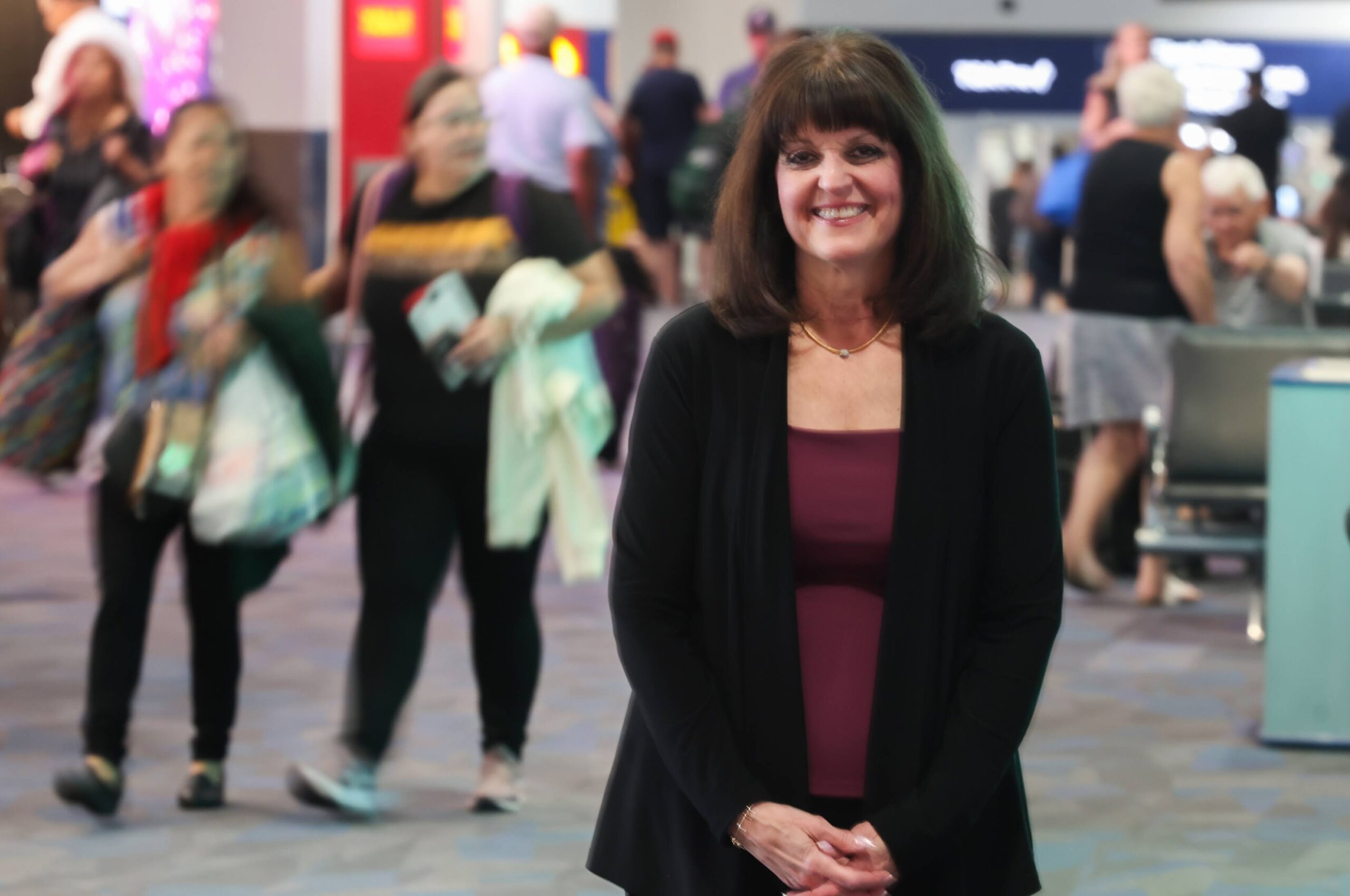
Harry Reid International Airport has nearly run out of space.
The 76-year-old facility is landlocked and can’t expand beyond its current configuration of four runways and two large terminals that house 110 passenger gates.
The last major expansion at Reid was completed in 2012 when the Clark County Department of Aviation opened a $2.4 billion Terminal 3 that took four years to build.
Reid is the seventh-busiest airport in North America and is coming off successive years of record-setting passenger totals. Airport officials said the facility’s usage isn’t subsiding, given the Strip’s expanding special event calendar and renewed international interest in coming to Las Vegas.
“We’re going to start getting delays probably by the end of this decade,” Clark County Department of Aviation Director Rosemary Vassiliaadis said in an interview in early May. She said with higher capacity airplanes now being used by the major air carriers, airports are now measuring capacity problems in terms of how long it takes to clear jets of passengers and prepare the plane for the next flight, rather than raw numbers.
“It feels like anything we add into Vegas gets filled,” said Steve Sisneros, Southwest Airlines vice president of airport affairs. “It's almost this insatiable appetite for people wanting to come and see Vegas.”
So what’s the solution? The Clark County Department of Aviation’s response is two-pronged: first, squeeze as much as possible out of the airport’s existing footprint, and second, build a new airport in the next 13 years in the Ivanpah Valley just north of Primm and 30 miles south of Reid.
The Ivanpah project — now called the Southern Nevada Supplemental Airport — was first envisioned 24 years ago through federal legislation that allowed for the sale of 6,500 acres of federally owned land in the Ivanpah Valley to Clark County for a future airport.
But nearly a quarter century after President Bill Clinton signed the Ivanpah Valley Airport Public Lands Transfer Act into law, Southern Nevada’s second major airport is still just an empty plot of desert land along Interstate 15.
An initial environmental impact statement on Ivanpah was halted in 2010 because of the recession and declining visitation to Las Vegas.
But momentum is building. Last year, the passage of SB19 by the Nevada Legislature allowed Clark County to create a township for Ivanpah, a critical step in the future airport’s development.
A $1 million environmental impact statement, approved by the Clark County Commission last week, is the initial study to consider how developing a one-terminal, two-runway facility for commercial airlines, cargo carriers or both would ultimately affect a 17-mile area along Interstate 15 between Jean and Primm.
The most recent timeline has the airport pegged for completion in 2037.
“There is no doubt in our minds that the need is now [for the Ivanpah Airport],” Vassiliadis said during a media briefing on the project in early April. “We have a responsibility not to become a constraint to the continuing evolution of [Las Vegas].”
Las Vegas-based gaming industry consultant Brendan Bussmann says time is running out.
“[Reid Airport] is the front and back door to the destination,” Bussmann said. “We’ve neglected our long-term ability to receive more guests. If we want to continue to grow the destination, the strategy needs to happen today.”
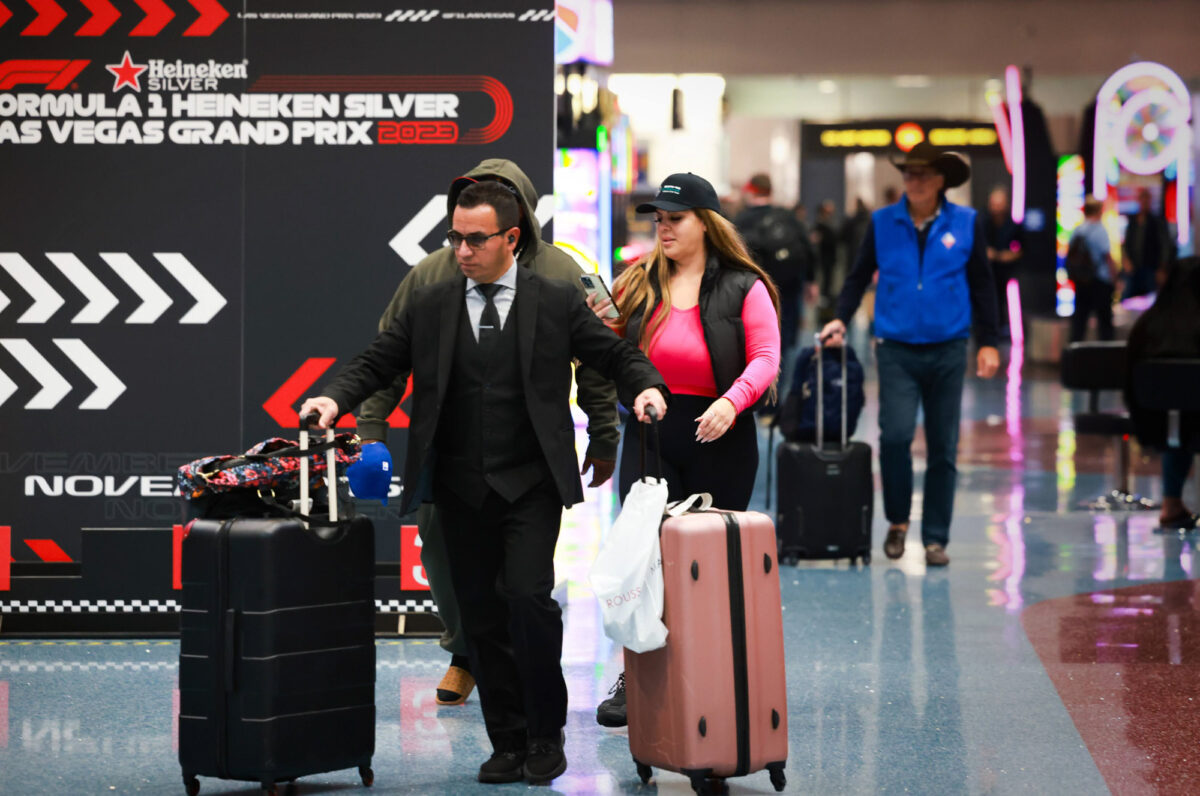
Maximizing Reid
Vassiliadis, who was the airport’s deputy director when the Ivanpah site was first proposed, said in a May interview the department needs to first exhaust all of its options surrounding Reid.
Airport officials are working with the Federal Aviation Administration (FAA) on improving runway use and air traffic control procedures. Reid officials are also exploring additional taxiway turnoffs to improve efficiency and ways to reduce congestion at airline gates.
Part of the effort focuses on unused land along the airport’s northeast side. Some of the land is currently used for parking for airline passengers and airport employees.
Vassiliadis said a study is being commissioned on current airport operations, including gauging the habits of how locals get to and from the airport, such as utilizing rideshare services rather than taking personal vehicles.
Airport officials want the best use of available land — including expanding Terminal 1 northward to add additional gates and passenger services, or more parking for airport users.
“We are going to accommodate growth. It’s just a matter of how we reanalyze and look at all those factors that we took into consideration in developing Terminal 3,” Vassiliadis said.
In a legislative presentation in March 2023, the aviation department said “unconstrained demand” on Reid Airport would begin exceeding its runway capacity, which would increase steadily over time to up to 2 million enplaned passengers per hour by 2037.
“The county must continually analyze the demand and capacity at Harry Reid International Airport,” James Chrisley, the aviation department’s senior director, told lawmakers during a hearing. “Part of that is showing it has a finite capacity and secondary commercial service access will be needed.”
Meanwhile, air carriers including Southwest Airlines — which accounts for 40 percent of Reid’s monthly domestic passengers — are using larger jets. Commercial flights that once accommodated anywhere from 170 to 180 passengers now carry as many as 230 passengers.
The airport saw 5 million passengers in March and set a single-month record of 5.4 million passengers last October.
“The planes are more efficient, but our capacity seemingly went up overnight,” Vassiliadis said.
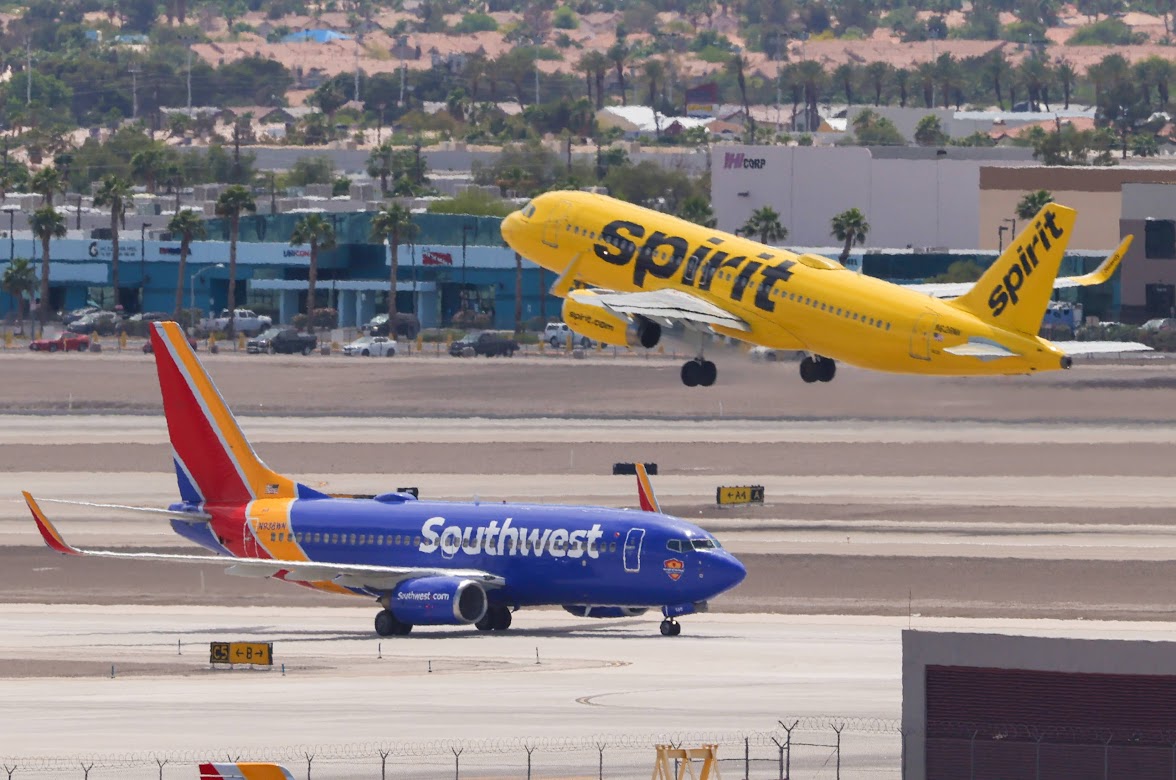
Strategy needed
Clark County Commissioner Jim Gibson said the aviation department and the county are working toward finding solutions to ease airport access.
“The challenge is to look at this holistically because what happens on the runways affects what happens at the gate,” Gibson said. “The last thing we need is to build to a point where we cause delays because we've tried to overextend ourselves.”
Building a second airport is more than a decade away and Reid is running out of room — but Gibson doesn’t believe the aviation department waited too long to address the concerns. The recession and the pandemic delayed work on the Ivanpah project because funding dried up, he said.
Bussmann said Clark County “made a bold step” by developing Terminal 3 more than a decade ago as a “proactive plan” for future growth.
“Unfortunately, nothing has transpired since then for a long-term strategy,” said Bussmann, managing partner of B2 Global. “We need to have in place today a vision for 2050 and beyond.”
Ivanpah doesn’t have a cost yet. However, the last all-new U.S. airport, Denver International, cost more than $4.8 billion and opened in February 1995, some 16 months behind schedule because of problems with the baggage system. The facility replaced Denver’s outdated airport but also covers 53 square miles for future development.
Airport terminal expansions — often paid through a combination of federal government grants, state and local taxes and user fees paid for by airlines — have become more expensive over time. Several major U.S. airports, including Los Angeles, San Diego and Salt Lake City, are spending billions of dollars on terminal expansions. Reno-Tahoe Airport is spending almost $1 billion to develop two new concourses.
Bussmann said other major airports, including JFK in New York City, Newark, New Jersey, Houston and O’Hare in Chicago, also have expansion projects.
But building a new airport at Ivanpah will likely be the largest single public works project in Nevada history, with construction costs estimated to be between $6 billion and $14 billion.
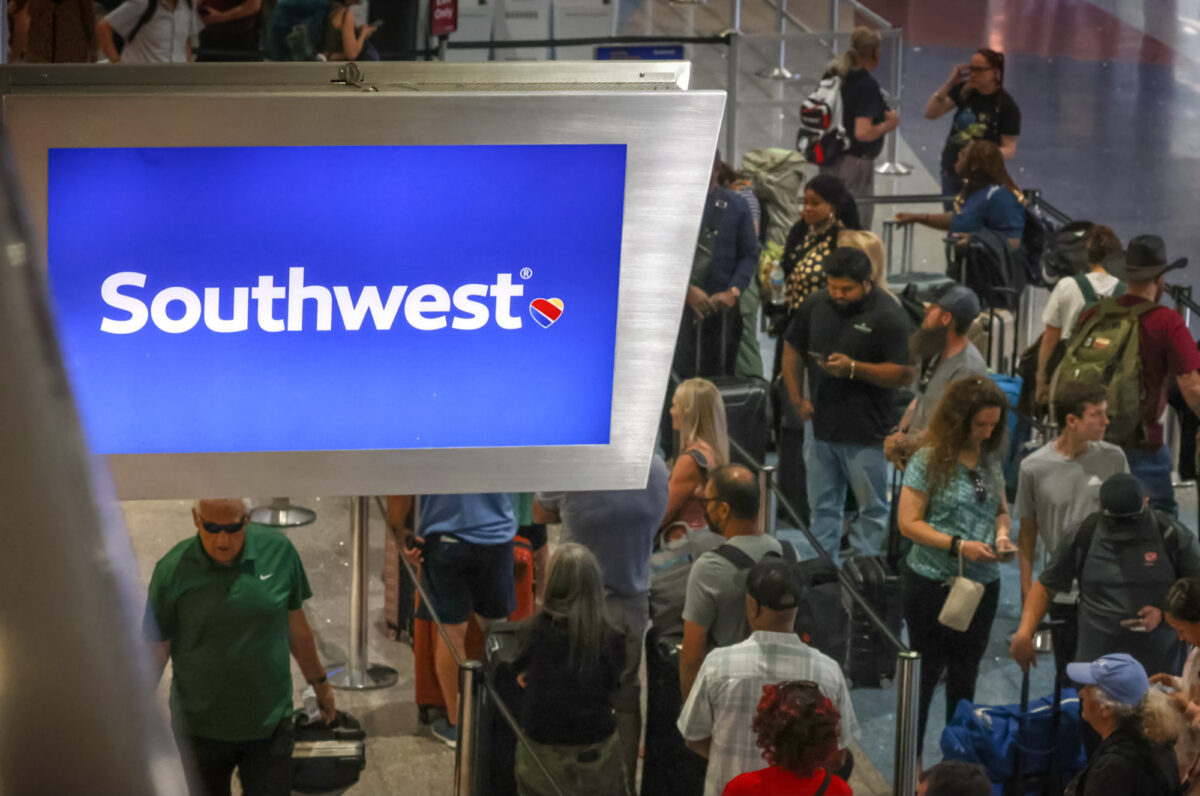
Facilities ‘designed for a different time’
Vassiliadis said the airport’s passenger volume isn’t slowing. Allegiant Stadium and the Sphere, coupled with major sports and entertainment events, are bringing more visitors than ever through the facility.
Between November and February, Las Vegas hosted the Formula One Las Vegas Grand Prix, the National Finals Rodeo, New Year’s Eve and Super Bowl LVIII.
Reid served a record 57.6 million passengers last year, shattering 2022’s previous mark of 52.6 million passengers. Passenger volume is up 1.6 percent through April and the airport has nonstop service to 159 U.S. and international markets from 30 airlines.
The airport’s two largest air carriers, Southwest and Spirit Airlines, have been involved in the expansion discussions. Combined, the airlines employ more than 7,000 workers at Reid, the bulk of whom are tied to operations. In total, the airport has 17,000 employees, which includes all airlines and concession workers. The aviation department has 1,400 employees.
Southwest considers Las Vegas its No. 2 passenger hub behind Denver International Airport.
Sisneros said the C Gates, which were built in 1987 and are now taken up entirely by Southwest, are dated. The airline and the aviation department are considering ways to modernize the space.
“We're moving people through facilities designed for a different time,” Sisneros said.
Sisneros said the challenges at Reid Airport are “very common because most airport terminals were built 40 to 50 years ago.”
Spirit Vice President of Network Planning John Kirby said Reid has added gates for the airline. Spirit, the airport’s No. 2 airline in terms of passenger service, has more than 90 routes planned for August.
“As of now, the airport is not full, but it is increasingly getting tighter,” Kirby said.
Spirit is committed to growing its service in Las Vegas, which ranks only behind Fort Lauderdale, Florida, as its busiest airport.
“I know they are exploring other plots of land potentially for remote terminals that would expand the capacity in the current airport,” Kirby said. “It’s a stop-gap to bridge to the new airport down the road.”
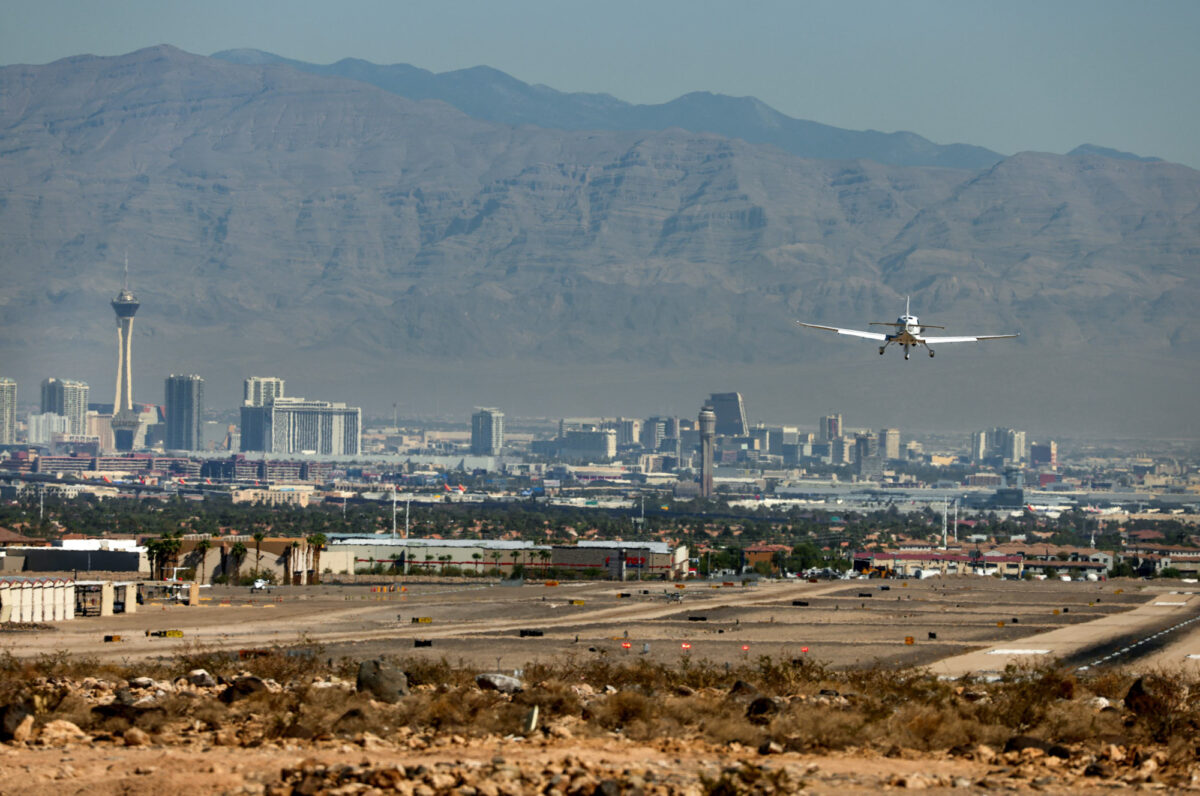
Strain from private jets
Reid Airport expanded its general aviation operations last year as private air carriers including JSX and Set Jet increased service into Las Vegas as an alternative to commercial air carriers.
Ahead of the Grand Prix and Super Bowl, the airport acquired a 30-acre parcel to expand private jet parking on the airport’s west side. During the two events, the Henderson Executive Airport and the North Las Vegas Airport helped alleviate some of Reid’s private jet traffic.
“That’s been the biggest change in our operation. More people are flying private,” Vassiliadis said. “Both Henderson and North Las Vegas broke all kinds of records.”
The Department of Aviation is targeting a $9 million remodel of the Henderson Airport to increase the facility’s role in serving the corporate jet market.
The airport has been earmarked for a $2.2 million federal grant that helps cover some of the costs associated with renovating the terminal with a new exterior, lobby area and an upgraded pilot check-in area with sleep rooms and catering services.
The need is now
According to an aerial view, the proposed Ivanpah runways will run parallel to I-15. A terminal design and configuration won’t happen until after the environmental study — which may take up to two years — is completed.
Vassiliadis said the department is far from considering what airlines would operate out of Ivanpah or if the airport would move cargo and freight services from Reid to the new facility. Several large transfer stations for freight carriers are being contemplated for land near the airport site.
One of the major unanswered concerns is how to move airline passengers and luggage between Reid Airport and Ivanpah. One thought from airport officials is to build a connecting station for the proposed $12 billion Brightline West passenger rail system that will connect Las Vegas with Southern California.
According to an airport spokeswoman, the aviation department is evaluating connection options for Ivanpah independent of the Brightline project.
Bussmann said the focus should be maximizing Reid’s existing footprint to grow airline capacity.
“Tourism is our bread and butter and pushing visitors out 30 minutes more before they get to the destination is not the answer,” he said. “We are past the time of trying to solve this in 2037 when we need to look at solutions today to build capacity and modernize."
Updated at 12:40 p.m. on 6/23/2024 to include a clarification on connecting Reid Airport with Ivanpah.
